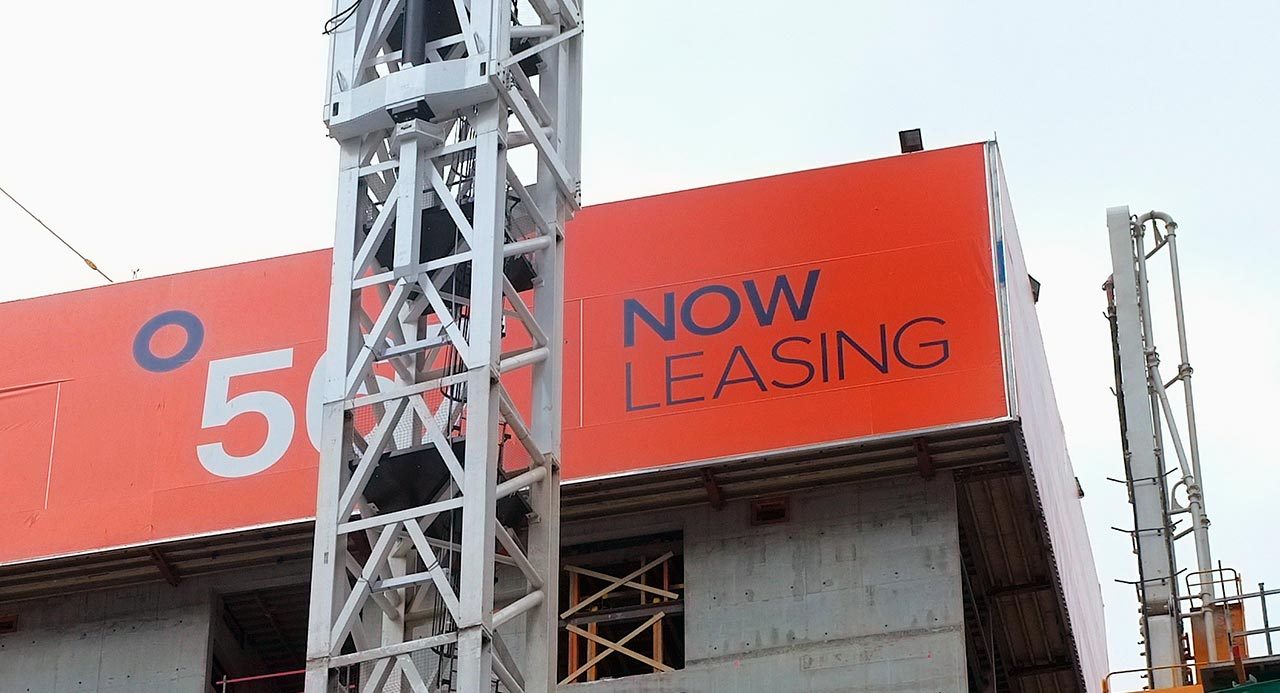This article is from the Australian Property Journal archive
CONTINUED demand for office space has pushed the national vacancy rates down further by 0.7% to 8.5% as at January 2019, led by Sydney and Melbourne, according to the Property Council.
The PCA Office Market Report for the six months to January 2019 shows the CBD vacancy rate fell to 8.3% from 9.1%, and is at its lowest level since January 2013. At the same time, the non-CBD vacancy rate declined to 9.1% from 9.2%.
Net tenant demand has increased in both CBD and non-CBD markets, with positive demand in CBD markets for the ninth consecutive period.
The tightest markets are the Melbourne CBD where the vacancy rate fell to 3.2% from 3.6%, followed by Sydney CBD from 4.6% to 4.1%. With the exception of Hobart, all other capital cities also reported a decline in vacancies.
Chief executive Ken Morrison said while their headline vacancy results are similar, the supply and demand dynamics of Sydney and Melbourne are really a tale of two cities.
“Both markets have strong economic fundamentals, but the Melbourne CBD has seen both strong supply of new office space and strong demand for that space. In the Sydney CBD the combination of a net withdrawal of office space and a tight market has left demand nowhere to grow into.
“Melbourne CBD added an additional 98,758 sqm of supply during the last six months compared to Sydney’s 28,212 sqm increase,” he added.
Melbourne and Hobart were the only capital cities to report positive net supply for the period. Net absorption was 159,092 sqm during the six months to January 2019, which is on par with the historical average of 158,614 sqm. 244,436 sqm of office space was added during the six months to January 2019, below the historical average of 314,066 sqm. A total of 246,472 sqm was withdrawn over the period, compared to the historical average of 159,726 sqm.
Although Hobart recorded a slight increase, it remains in third place behind Melbourne and Sydney, with a vacancy rate of 5.9% up from 5.8%.
Canberra fell to 11% from 12.4%, Brisbane declined to 13% from 14.7%; Adelaide improved to 14.2% from 14.7%; Darwin decreased from a 21.6% to 17.2%, and Perth eased to 18.5% from 19.4%.
The top 10 best performing non-CBD markets are all in New South Wales and Victoria: Parramatta, East Melbourne, Macquarie Park, Crows Nest / St Leonards, Chatswood, St Kilda Road, North Sydney, Newcastle, Wollongong and Southbank. The Sunshine Coast, West Perth and Brisbane Fringe have the highest non-CBD vacancy.
“Looking ahead, Melbourne will account for half of the additional one million square metres of office space coming onto the Australia’s CBD markets over the next three years,” Morrison said.
New supply in Melbourne is expected to grow office stock by more than 10%. The Sydney CBD will see an extra 4% of current stock added through to 2021, followed by Brisbane CBD (3.2%), Canberra (4.4%) and Adelaide (4%).
JLL’s head of office leasing Tim O’Connor said Adelaide, Perth and Brisbane will be the markets to watch for a significant improvement in demand as economic growth drives momentum in office leasing markets.
“Further tightening of prime-grade vacancy in these recovering markets in 2019 should lead to a reduction in leasing incentives and a return to positive effective rental growth.
“The expansion of co-working operators continues to have a big impact on Australia’s office markets. The next wave of expansion from co-working operators will be from groups delivering a product and service to specific cohorts of the working population.
“As employees become more flexible in their working habits, we believe organisations will seek a diverse range of working locations to address their need for agility. Flex space provided directly by a landlord or co-working operator will form part of the workplace solution.” O’Connor said.
Savills’ director for research and consultancy Shrabastee Mallik said the drivers for each CBD market were “vastly different”, though a normalisation in economic conditions across sectors and states, paired with strong office market fundamentals, were buoying CBD office markets across the country.
Colliers managing director of office leasing Simon Hunt forecasts further decreases in vacancy Australia-wide in the six to 12 months ahead.
“These decreases may be less pronounced in the already tight markets of Sydney and Melbourne – more of a stabilisation – elsewhere in Brisbane, Adelaide, Canberra and Perth we predict a continued steady decline.
“In Sydney, where vacancy is also extremely low by historic standards, and has been for some time, we are finding that rather commit to new space in the current cycle, occupiers are reducing floor space ratios and squeezing more staff into existing space.
“We expect that in 2020, more options should open up for tenants in Sydney, and that net absorption rates will start to improve, although the market will continue to be impacted by withdrawals of vacated space for refurbishment.
“The continued decline in vacancy is likely to begin to have an impact on rents going forward, particularly in Melbourne where limited space and strong pre-commitment rates on new developments are contributing to very solid rental growth.” Hunt said.
Australian Property Journal


















